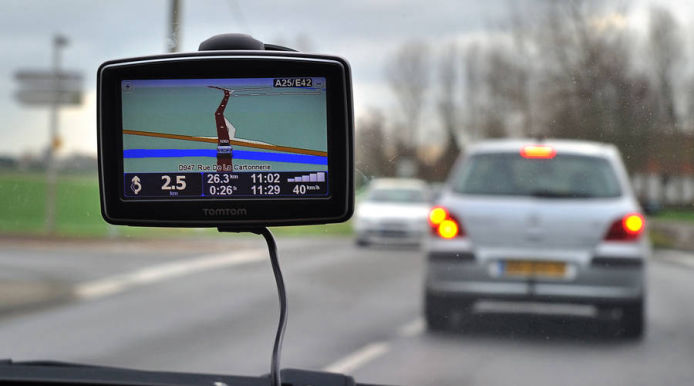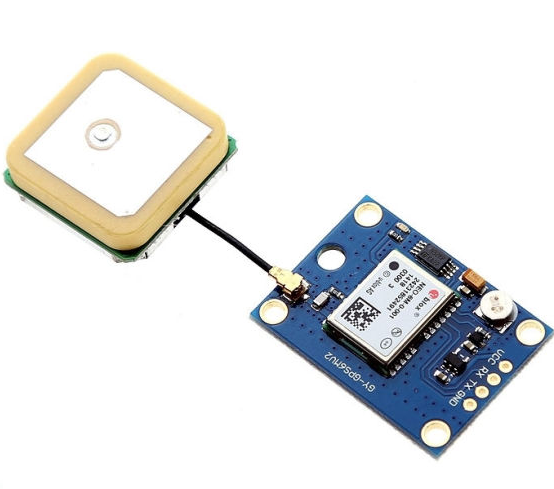the limits placed on GPS tracking devices that disables tracking when the device calculates that it is moving faster than 1,000 knots (1,900 km/h; 1,200 mph) at an altitude higher than 18,000 m (59,000 ft).
Although CoCom ceased in 1994, and the then-current control list of embargoed goods was retained by the member nations until the successor, the Wassenaar Arrangement, was established. The CoCom limit remains in force.
Some manufacturers apply this limit only when both speed and altitude limits are reached, while other manufacturers disable tracking when either limit is reached. That is why we need to take care when purchasing a GPS. In the latter case, this causes to refuse to operate in high altitude balloons.
One of the most popular GPSs is U-Blox NEO-6M, is really cheap and works ok.



